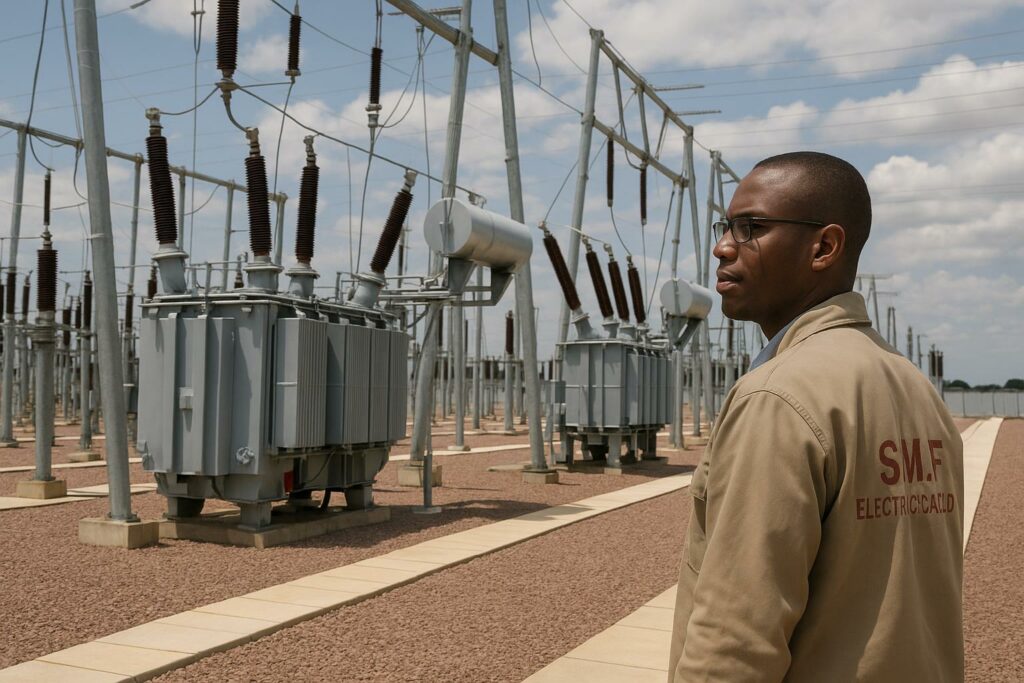Government strategy to modernise the grid
When the Congolese Minister of Energy and Hydraulics, Emile Ouosso, addressed investors in Brazzaville in mid-August, his message was simultaneously candid and reassuring. Decades-old transmission infrastructure, he conceded, lies at the heart of the capital’s electricity deficit; nevertheless, the administration of President Denis Sassou Nguesso has now placed grid rehabilitation at the centre of its broader economic agenda. By framing the electricity question not as a temporary inconvenience but as an essential prerequisite for industrial diversification, the government signalled a diplomatic priority consistent with its commitments under the Central African Power Pool (CAPP 2022).
Financial backing and international partners
Securing multilateral finance has often proven complex for hydrocarbon-rich states, yet Brazzaville’s authorities have succeeded in mobilising a World Bank credit line of roughly US$200 million dedicated to transmission upgrades (World Bank 2023). Complementing that envelope, the Italian major Eni has inked an agreement to refurbish strategically located substations at Loudima, Djiri, Tsiélampo, Ngoyo and Côte Matève, drawing on its operational experience in the Marine XII gas field. Eni officials describe the venture as a tangible expression of corporate diplomacy, aligning the company’s decarbonisation portfolio with Congo’s national development plan (Eni press release 2023).
Technical hurdles of the Pointe-Noire–Brazzaville line
The 520-kilometre high-voltage corridor linking the Atlantic port of Pointe-Noire to the inland capital was commissioned in 1980 and now suffers from thermal fatigue, insulation breakdowns and chronic reactive power deficiencies. Current losses, estimated at two-thirds of the 300 MW dispatched toward Brazzaville, translate into voltage collapses that hamper everything from hospital equipment to digital payment networks. Engineers from the African Energy Commission note that the replacement of aging compensators and protection relays could alone recover nearly 120 MW, a figure corroborated by recent load-flow simulations conducted for the Ministry of Energy.
Projected timetable and diplomatic implications
Under the schedule unveiled by Minister Ouosso, the first milestone will be the mid-2024 energisation of new 225-kV transformers, followed by the overhaul of the Moukoukoulou hydropower plant in Bouenza, whose design capacity of 74 MW currently operates at barely half that level. Full commissioning of the rehabilitated line is slated for September 2026, at which point officials expect the metropolis to draw a stable 300 MW with losses contained below 10 percent. Diplomats in Brazzaville quietly underscore that reliability gains will also enhance the government’s credibility in cross-border power-trade talks with the Democratic Republic of Congo and Gabon, potentially repositioning Congo as a sub-regional energy hub.
A cautious optimism among industrial stakeholders
Major cement producers, who collectively consume close to 100 MW at peak, have welcomed the roadmap yet continue to hedge by installing captive gas turbines as interim insurance. “If the government succeeds, our cost base could fall by twenty percent,” observes the managing director of a leading plant on the city’s northern flank. Civil-society groups, for their part, emphasise the importance of maintenance budgets once donor-funded works conclude, recalling past instances where newly delivered equipment deteriorated for lack of spare parts. Still, the consensus among analysts at NKC African Economics is that the alignment of political will, multilateral finance and private-sector expertise gives the current plan a probability of success higher than any previous attempt since the 1990s.

